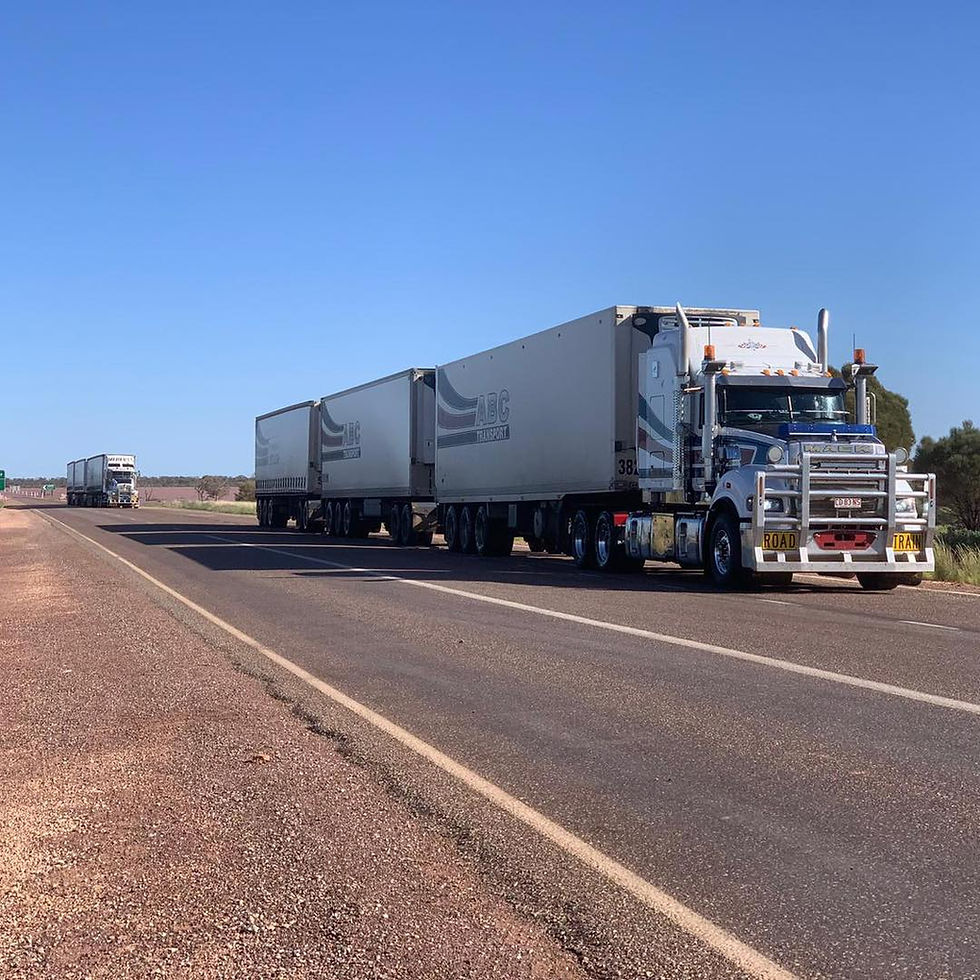Australian motor transport reform is overdue
- John McDonnell
- Apr 5, 2021
- 2 min read
Australia could reduce the CO2 emissions from motor transport immediately simply by changing the petrol we use. Australian petrol is among the dirtiest in the world.
The sulphur content of Australian petrol is 70 times that of European petrol. This means that cars exported to Australia are operating on 25-year-old technology according to Michael Bartsch, the CEP pd Volkswagen Australia. The problem is that sulphur at Australian levels suffocate the catalytic converters on the latest European cars so they are inoperable.
Motor Trade Association WA chief executive Steve Moir said:
“We’ve got some of the dirtiest fuel in the world.
“Our oil refineries are saying it would cost about $1 billion to upgrade facilities, but these days you really wouldn’t want to run a car on 91 RON.
“At a pinch, use 95 or, ideally, 98, but it’s still dirty by world standards — that’s why we aren’t getting all the cars they have in Europe.
"The Australian Institute of Health and Welfare found air pollution accounted for 2549 premature deaths in 2011 — more than the national road toll from accidents.”
If European petrol was introduced to Australia the price of fuel would rise by about 25% but cars would be more efficient and fuel consumption would fall. In addition, maintenance costs would be lower. If all motor transport ran on European fuel, CO2 emissions would fall by 50%.
The government has been “consulting” on mandatory standards for fuel emissions since 2015, while those standards have been in place for at least a decade in countries like Japan, the US and even China.
Transport is the third largest source of emissions in Australia, behind electricity and the stationary energy sector, and it is the fastest growing. Our road-vehicle fleet is one of the most emissions-intensive in the world (and our aviation emissions are, per capita, the world’s highest).
Apart from that, Australians are driving around in second rate cars. Even the expensive European brands are often not manufactured in Europe but in cheap labour cost countries like Indonesia, Thailand and South Africa were there are no emission standards.
Australia’s Ministerial Forum on Vehicle Emissions was established in 2015 to coordinate a “whole-of-government approach” to the issue. So far it has come up with no legislation at all to bring Australian fuel standards in line with best international practice.
In some countries, including the UK, the amount of registration you pay for your car is based on its emissions, a simple system that is not even part of the regulatory discussion in Australia.
Last year, the federal government quietly let it be known that it would leave our current standards unchanged until 2027, allowing us to continue to sell cheap, and dirty, 91 octane regular unleaded. This means Australia may well miss out on a range of eco cars that can only run on low-sulphur unleaded fuels.
At the moment the policy of both major parties seems to be to jump from dirty petrol vehicles to electric vehicles or hydrogen-powered cars, whereas it might be more acceptable to the public to let them choose between highly efficient, low emission petrol powered vehicles, hybrids and electric vehicles on the basis of a price that includes a carbon offset charge in the registration fee.






Comments